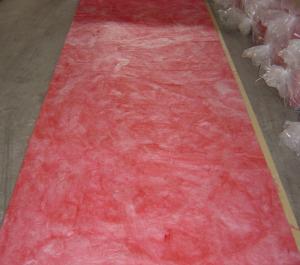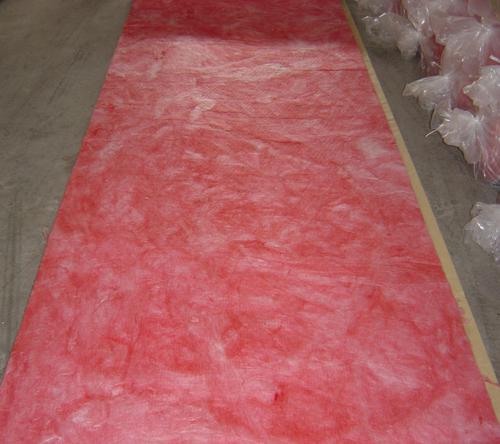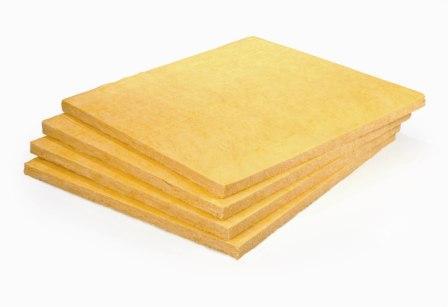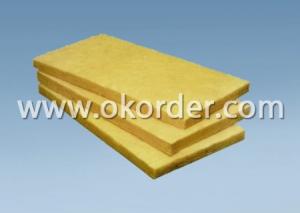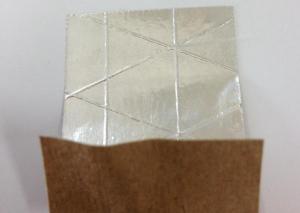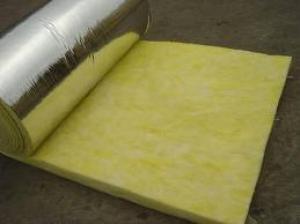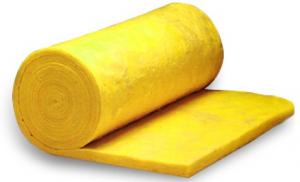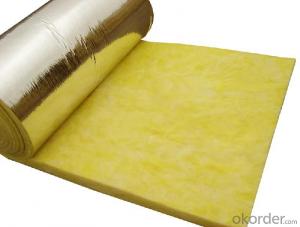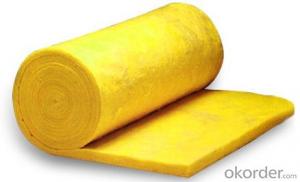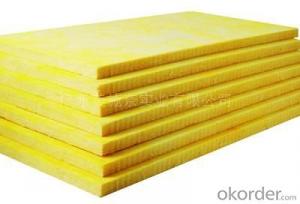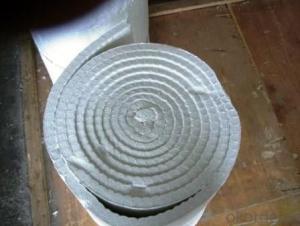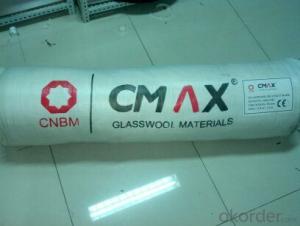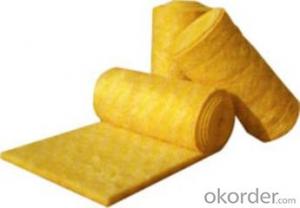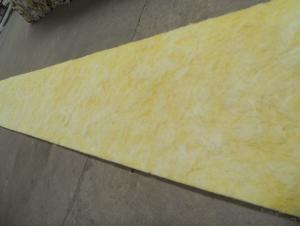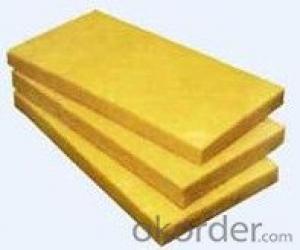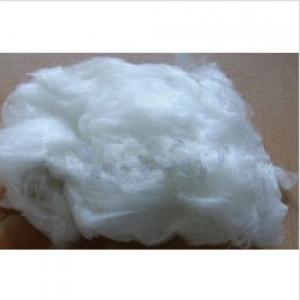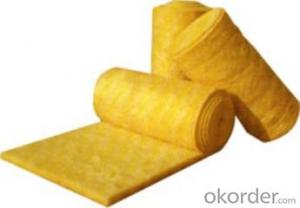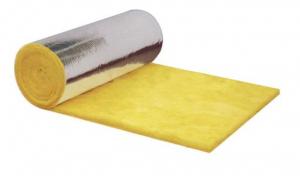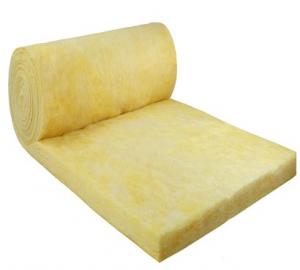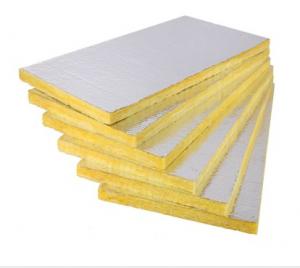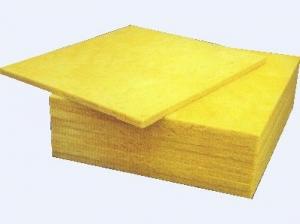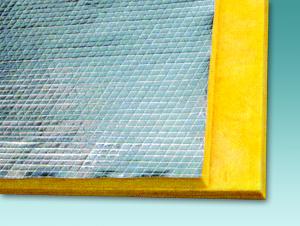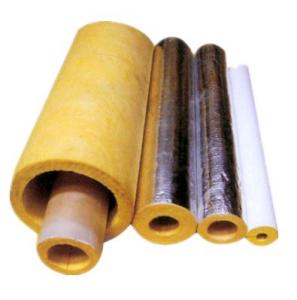Roofing Glass Wool
- Loading Port:
- China Main Port
- Payment Terms:
- TT or LC
- Min Order Qty:
- 100ROLLS roll
- Supply Capability:
- -
OKorder Service Pledge
OKorder Financial Service
You Might Also Like
Glass wool blanket for thermal Insulation
1.Structure of Glass Wool For Roofing for thermal Insulation:
Glass wool is an industrial product made by spinning glass into a fibrous material that can be packed in mats and blankets. This product is used as insulation and in other applications, like for air filters. It is available through home supply stores and manufacturers can also produce wools for special purposes, like insulation in aircraft, where the standards may be higher for health and safety reasons. Numerous companies make glass wool products along with lines of other insulation materials for a variety of applications.
2.Main Features of Glass Wool For Roofing for thermal Insulation:
The glass wool blanket is applied for large laying area. In the field of insulation materials, we are mainly specializing in Glass wool products, including blankets, boards and pipes. The advantage of this material is numerous: noncombustible, nontoxic, and resistant to corrosion. It has low weight, low thermal conductivity, stable chemical property, low moisture rate and good hydrophobicity. These products have been widely used in heat preservation, thermal insulation and sound absorption in construction, chemical industry, electronic industry, electric power, metallurgy, energy industry, and communication. High density panels laminated with facing can be used for Air-conditioning duct system.
3. Glass Wool For Roofing for thermal Insulation Images
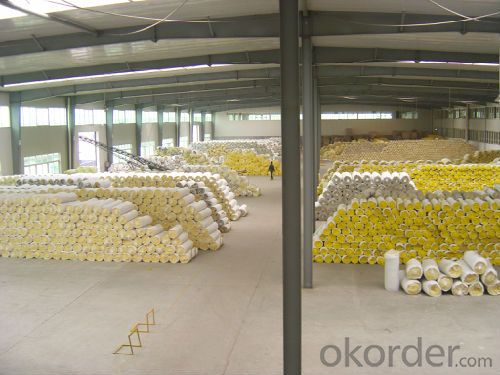
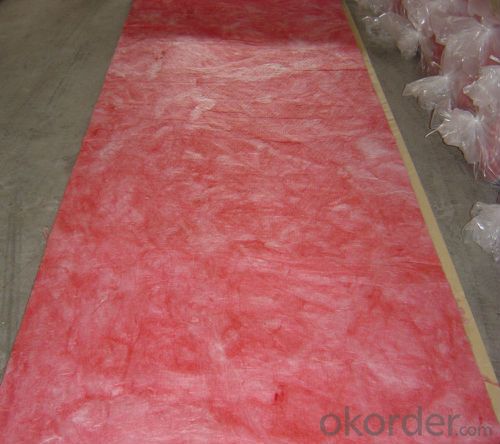
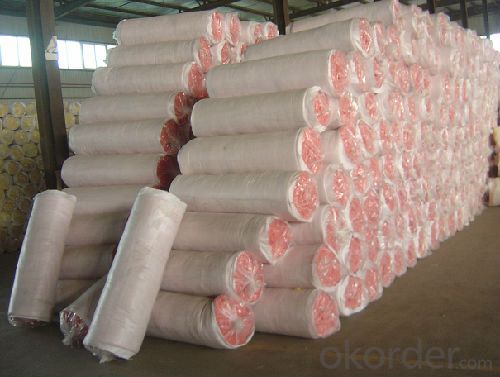
4.Glass Wool For Roofing for thermal Insulation Specification
The glass wool blanket is applied for large laying area. Besides the character of thermal insurance, it also has the performances of shock absorption and acoustical isolation, especially for middle or low frequency sound. It also can cancel the noise and improve working environment.
Technical Data
Item | Unit | Index |
Density | Kg/m3 | 10-32 |
Thickness | mm | 25-150 |
Width | mm | 600-1200 |
Length | mm | 10000-30000 |
Both unfaced and faced felts can be provided.
5.FAQ
We have organized several common questions for our clients,may help you sincerely:
① Where you used this?
These products have been widely used in heat preservation, thermal insulation and sound absorption in construction, chemical industry, electronic industry, electric power, metallurgy, energy industry, and communication. High density panels laminated with facing can be used for Air-conditioning duct system.
②How to guarantee the quality of the products?
We have established the international advanced quality management system,every link from raw material to final product we have strict quality test;We resolutely put an end to unqualified products flowing into the market. At the same time, we will provide necessary follow-up service assurance.
③How long can we receive the product after purchase?
In the purchase of product within three working days, We will arrange the factory delivery as soon as possible. The pecific time of receiving is related to the state and position of customers.Commonly 7 to 10 working days can be served.
- Q: What performance characteristics does aluminium foil ultra-fine glass wool board have?
- The product is light in volume-weight, low in thermal conductivity, high in acoustical absorption coefficient and good in flame retardation. It can be widely used in thermal equipment, air-conditioning thermostat, hot and cold pipes, drying oven and oast, cold storage and be useds as thermal preservation, thermal insulation, sound insulation and so on for bulidings.
- Q: what's the price of high temperature resistance glass wool?
- glass wool is the coiled material adapt to the material laying in a large area. except for the temperature preservation and thermal insulation, it has excellent shock absorption and sound absorption, and having good effect especially in the absorption of shock and noise in low and medium frequency and other types of shocks, which is good for the reduction of noise and work environment improvement. This material may also be needed in the construction of any cut, mainly used for building interior, muffler systems, transportation, refrigeration equipment, household appliances damping, sound absorption, noise reduction, and the effect is very good. the glass wool has pasted aluminium foil , and it has a strong thermal radiation, and is the best lining material of high temperature workshops, control room, inner wall of machinery room and flat top compartment. the price of high temperature resistance glass wool is around 300 yuan.
- Q: Is the microporous aluminum silicate coated with aluminum wool?
- This sentence contains four kinds of material microporous (microporous calcium silicate) aluminum silicate aluminum foil glass wool
- Q: How about the quoted price of asphalt glass wool felt?
- Unit price of asphalt glass wool felt: RMB 2400.00 yuan per ton.
- Q: Glass wool 159 * 70 What does it mean
- Glass wool pipe specifications 159 refers to pipe diameter of 70 mm.
- Q: Does the glass wool can be the grapes thermal insulation in winter?
- you need to use the glass?silk to seal the glass wool, then it will be used in all-year-round and the thickness is usually 50 mm.
- Q: Whose thermal insulation performance is the best between glass wool felts and cystosepiments?
- personally I believe that foamed concrete thermal insulation boards are better.
- Q: What is the fire rating of fireproof sound-insulating glass wool board?
- Generally we do not use A1, A2 but A class, which is non-combustible levels. A level is higher than the B level. B-level is divided into B1and B2. B1 stands for flame retardant type and B2 combustible type. rock wool and glass wool both rates A class. secondly, Rockwool can endure high temperature of 800 degrees, glass wool 450 degrees.bulk density of rockwool is heavier than that of glass wool. And glass wool has better waterproof performance.
- Q: What are the functions of the thermal insulation glass wool board?
- Thermal insulation glass?wool?board has long fibre, low density, low thermal conductivity, excellent heat insulation property, high sound absorption coefficient, heat resistance, flame resistance, freezing resistance, moth repellency and good chemical stability. It has obvious advantages compared with conventional insulation materials.It is mainly used in industrial tanks, piping insulation engineering, industrial plant and steel structure workshop.
Send your message to us
Roofing Glass Wool
- Loading Port:
- China Main Port
- Payment Terms:
- TT or LC
- Min Order Qty:
- 100ROLLS roll
- Supply Capability:
- -
OKorder Service Pledge
OKorder Financial Service
Similar products
Hot products
Hot Searches
Related keywords
